If you are a fan of Japanese cuisine, you may have heard about yakiniku or shabushabu (Japanese hotpot). However, in today’s artcle, we would like to introduce you a dish called “Yakishabu”. Is it a combination of yakiniku and shabu-shabu? Let’s find out detail about this dish!
What is Yakishabu?
Yaki-shabu is a way of eating thinly-sliced beef ( beef used for sukiyaki or shabu-shabu) by grilling it on a griddle or on a cast iron pan. While yakiniku meat is thick and well-cooked, yaki-shabu is thinly sliced and lightly grilled like shabu-shabu. When eat yaki-shabu, you can use yakiniku sauce, ponzu sauce, sesame sauce, egg yolk and mentsuyu as dipping sauce. Therefore, you can consider “Yaki-shabu” is a mixture of “Yakiniku” and “Shabu-shabu”.
History
As we already stated in the previous part, Yaki-shabu is a combination of “Yakiniku” and “Shabu-shabu”. So, before we learn about the history of Yaki-shabu, what about finding out a little bit about Shabu-shabu?
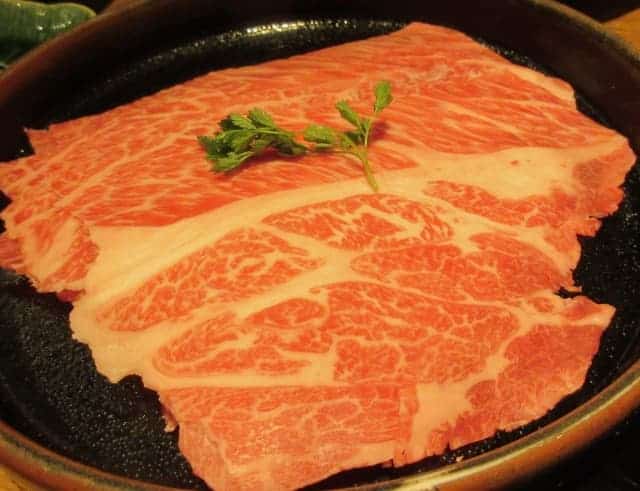
The origin of Shabu-shabu in Japan
Hot pot is favourite dish in Japan. But if you trace the history, there are many theories about the origin of shabu-shabu. One strong theory holds that Japanese style hotpot came from Chinese hotpot dishes.
During World War II, Mr. Shoya Yoshida, who was born in Tottori Prefecture and was a leader of the folk art movement, was posted to Beijing as a military doctor. In Beijing, he came across a dish called “Shuan Yangrou” (涮羊肉). Shuan Yangrou means instant-boiled mutton and it is a Beijing specialty hot pot dish in which people use the tail of the lamb iprepare the soup base.
After the end of the war, Mr. Shoya Yoshida returned to Japan and talked about mutton with his close friend Junidanya, a Japanese restaurant’s owner in Gion, Kyoto. From this Shuan Yangrou dish, the two created “beef mizutaki” by arranging it to Japanese taste. This dish became popular and spread to the Kansai region, and the Eirakucho Suehiro main store in Osaka named it “shabu-shabu.” The name comes from the fact that “the way employees wash their towels resembles the way beef is dipped in dashi: shabu-shabu”. At the time, because of this funny and unique name, a lot of people wanted to visit the restaurant to try this interesting dish.
The birthplace of Yaki-shabu
Although you can now easily find Yaki-shabu everywhere in restaurants in Japan, it is difficult to find out the history of if. There are various theories about the birthplace of Yaki-shabu but a lot of people believe that it came from a steak specialty store named “Ichicho” in Umeda, Osaka.
Top beef for Yaki-shabu
As Yaki-shabu is different from normal yakiniku, the choice of meat also have a big impact on the taste of the dish. Therefore, in this part, we are going to introduce the top 5 best part of beef for Yaki-shabu.
Sirloin
Sirloin steak is comes from the top of the cow’s back. It has just the right balance of tenderness and flavor. These cuts are often large and don’t have much fat. In comparision with other parts of beef, it has a quite more expensive price. However, if you’re looking for quality rather than quantity, Sirloin is a perfect choice to try Yaki-shabu.
Chuck Eye Roll (Kurashita)
Chuck Eye Roll with both lean and marbling. lt cuts will possess rich flavor and good tenderness and by slicing it into thin slices, you can enjoy the soft texture of the meat. With Chuck Eye Roll, its price is more reasonable.
Ude Misuji
Ude (Shoulder Clod) is a popular part of lean meat slices from beef shoulder. Misuji is a rare part behind the shoulder blades. It is rich in umami and is popular as meat for yakiniku. However, it is also frequently served in other forms like sashimi. Thinly slicing makes the meat tender, so if you are looking for light, lean, and tender meat, we highly recommend this.
Tomosankaku (Tri-tip)
Tomosankaku (or Tri-tip in English) is a triangular part of beef around the base of the hind leg. It is outstandingly marbling and a rich, full-bodied taste. It looks amazing like loin, but the cut is lighter and softer than it looks. Even if tomosankaku’s thickness is suitable enough for yakiniku, but thinly sliced is also perfect for Yaki-shabu.
Brisket
Brisket is cut of beef from shoulder to chest area. It has a slightly higher amount of fat, but it has a delicious rich taste. Compared to other cuts, it has a quite reasonable price. If you want to try Yaki-shabu at home and are unsure which one to choose, we recommend you use this as it is easy to buy and eat.
Yaki-shabu FAQ
- Which sauces should be used to dip with Yaki-shabu?
-
There are many types of sauces you can use to enjoy with Yaki-shabu. If you want to enjoy the original taste of the meat, salt is the best option.The sourness and spiciness of “mustard” and “yuzu pepper” go well with meat and bring out the flavor too. Moreover, if you want to eat it lightly, try adding vinegar such as citrus vinegar or balsamic vinegar. The recommended combination is ponzu soy sauce, grated daikon radish, and grilled mushrooms.
For those who prefer a richer flavor, we recommend the “yolk soy sauce sauce”. Drop the egg yolk into the garlic soy sauce and mix the meat wrapped in the radish sprouts. The mellow and rich flavor of the egg yolk and the strong smell of garlic will make you want to eat more. - What is the difference between Yakiniku and Yakishabu?
-
Yakiniku is grilled and eaten. When yakiniku is thinly cut meat for shabu-shabu or sukiyaki to dip in ponzu or sesame sauce, it becomes shabu. In summary, like shabu-shabu, yaki-shabu is quickly cooked, but instead of being submerged in hot water, it is grilled.
How to cook Yaki-shabu?
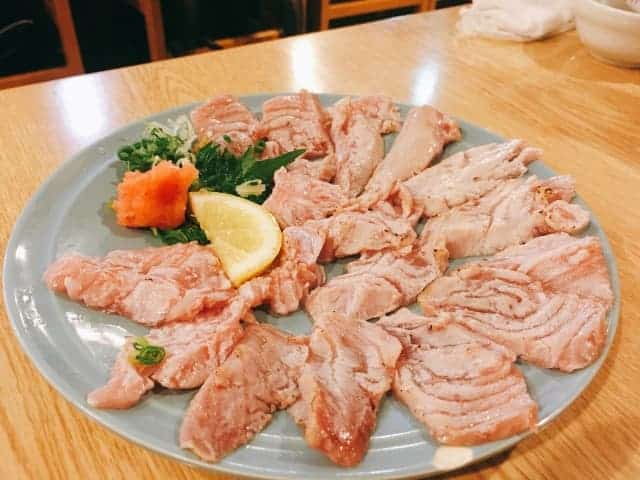
Ingredients
| Ingredients for Yaki-shabu (for 4 people) | |
| Kobe beef | 400g |
| Onion | 1-2 slices |
| Choice vegetables (cabbage, onions, carrots, shiitake mushrooms, etc) | |
| Dashi kelp, ponzu sauce, condiments (grated radish, green onion) | |
| Japanese beef fat |
Method
First, pour the beef fat onto a hot griddle or frying pan.
After the frying pan is hot enough, grill the meat.
You can buy your favourite vegetables such as cabbage, onions, carrots, shiitake mushrooms and grill it to eat together with the meat.
Ponzu sauce is one of the most common sauce that is eaten with Yaki-shabu. So you can make it at home using soy sauce, dashi stock, mirin, rice vinegar and a splash of citrus juice.
When the sauce is done, you can enjoy your “Yaki-shabu” with the dipping sauce. Itadakimasu!
Cooking points
The point to be careful about when grilling is “not to overcook”. If you cook it in the same way as yakiniku, or it will burn quickly and will be overcooked and hardened.
Also, depending on the seasoning and how to eat it, it can be called “yakishabu” or “yakisuki” .While “yakishabu” is eaten with ponzu sauce, “yakisuki” is grilling the meat and dipping it in a raw egg.
Restaurants
Sumibiyaki Nikikucho (炭火焼肉 一兆)
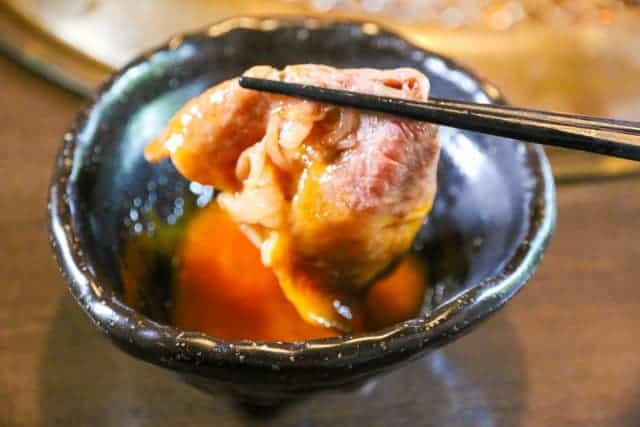
Sumibiyaki Nikikucho was founded 32 years ago, this yakiniku restaurant is directly managed by a meat wholesaler. Therefore, in this restaurant, there are a lot of types of meat for you to choose. The popular course includes high-quality yakiniku, the famous fillet cutlet sandwich, and nomihoudai (all-you-can-drink). Kuroge Wagyu beef is Nikikucho is the pride of Nikikucho and it tastes really good. They also have a hideaway-like restaurant in the basement that can accommodate parties of up to 32 people so it is really suitable for friends gathering.
Gyutoro Yakishabu Senmonten Junimatsu Rokuzaemon (牛とろ焼きしゃぶ専門店)
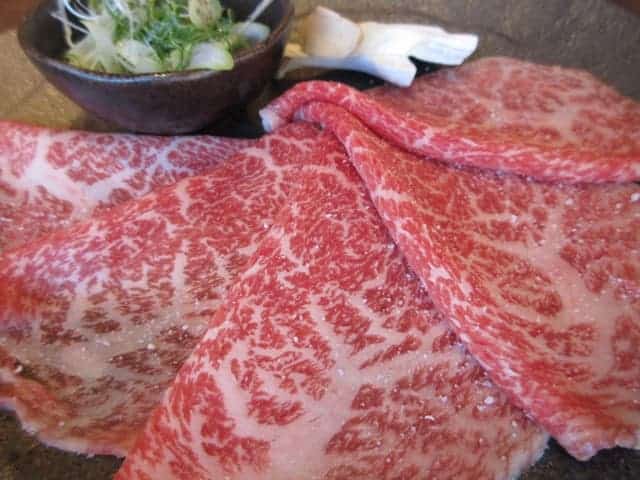
This is the first restaurant in Japan that specializes in Yaki-shabu. Junimatsu Rokuzaemon pursues the depth of meat and has developed a unique style of vegetable rolls. If you have a chance to go to Junimatsu Rokuzaemon, we recommend you try the signature dish of the restaurant – Kagoshima Black Beef. The sauce is fruity so that you can enjoy the original flavor of Kagoshima black beef. Other than that, they also offer a variety of dishes and types of beef.
Yakishabu Semmonten Niitaka (焼しゃぶ専門店 にいたか)
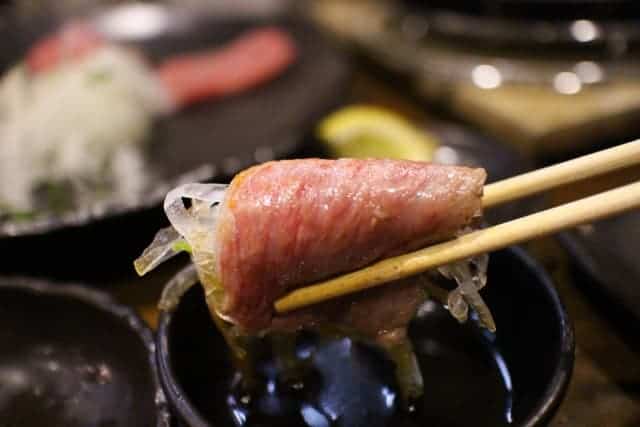
This is a restaurant that specializes in Yakishabu that we also want to introduce today. There are a lot of choices for you such as luxurious Kuroge Wagyu beef course, Reasonably priced Wagyu lunch, etc. With the Wagyu lunch, you can enjoy a great value lunch menu that delivers high-quality Japanese beef at a reasonable price. We recommend 3 types: the sweet dashi stock and fluffy egg, the sukiyaki-style gyuju, and the juicy yakiniku juku. We also have a menu using Kobe beef for a luxurious lunch.
Takeaway
Yakishabu is a creative way of Japanese people to enjoy food. As its recipe is quite simple, you can also try making it at home following our recipe. The interesting part of eating Yakishabu is that you can choose your favourite sauce to dip with, not just the normal ponzu sauce. Even if you do not want to make it at home, why not trying our recommended restaurants?
If you are a fan of Japanese food, check out below for more articles!
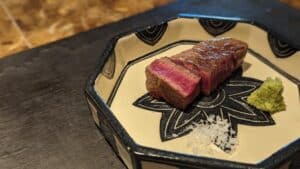
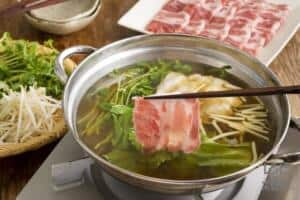
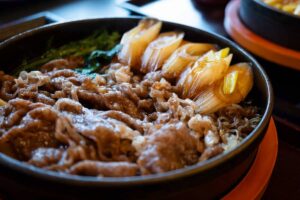

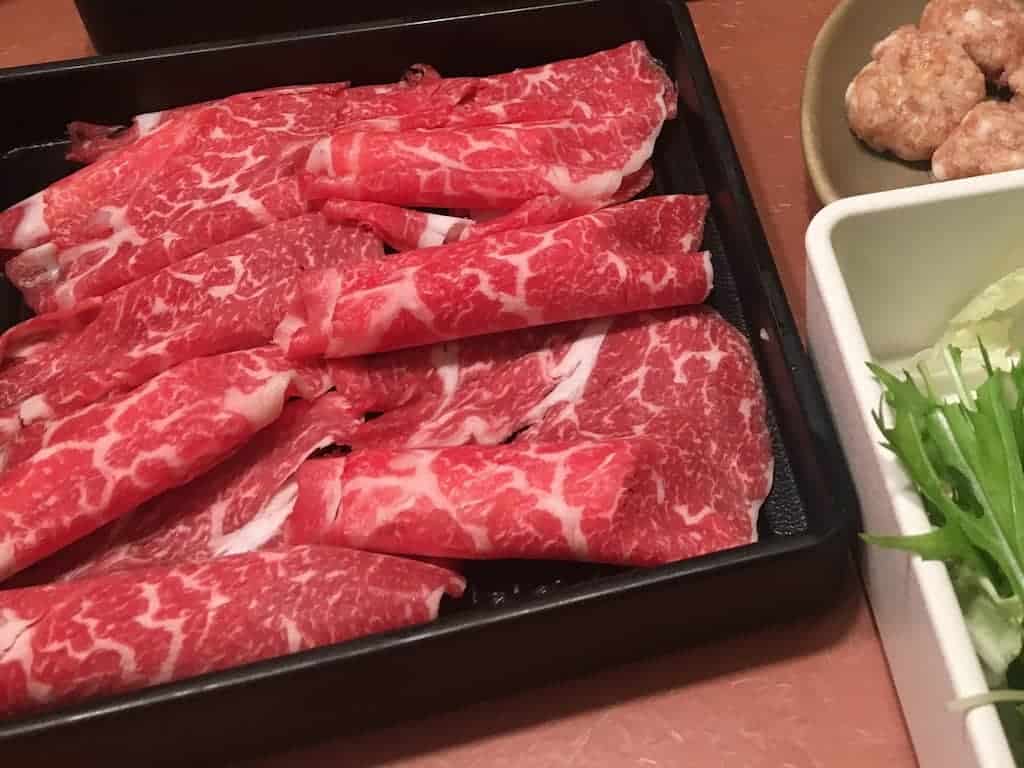
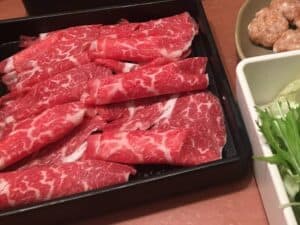
Comments